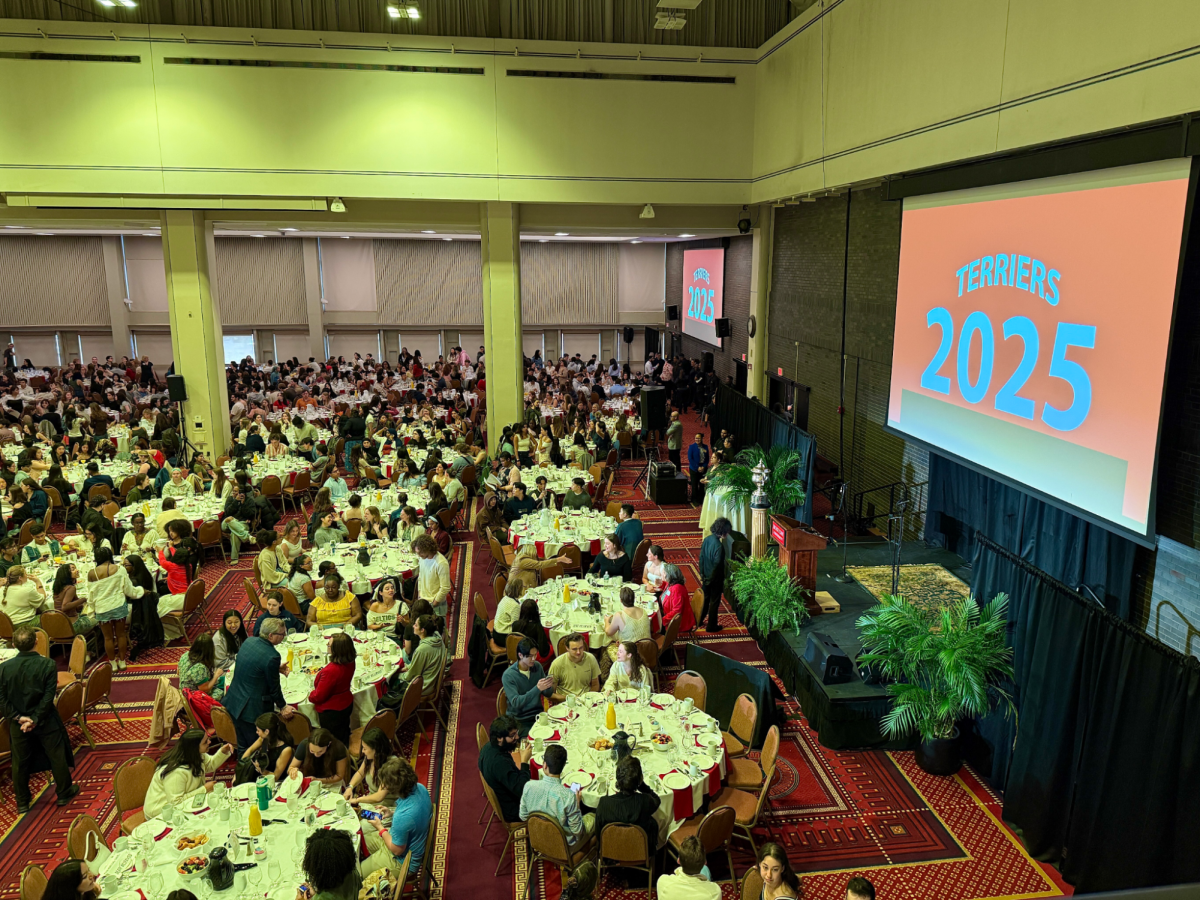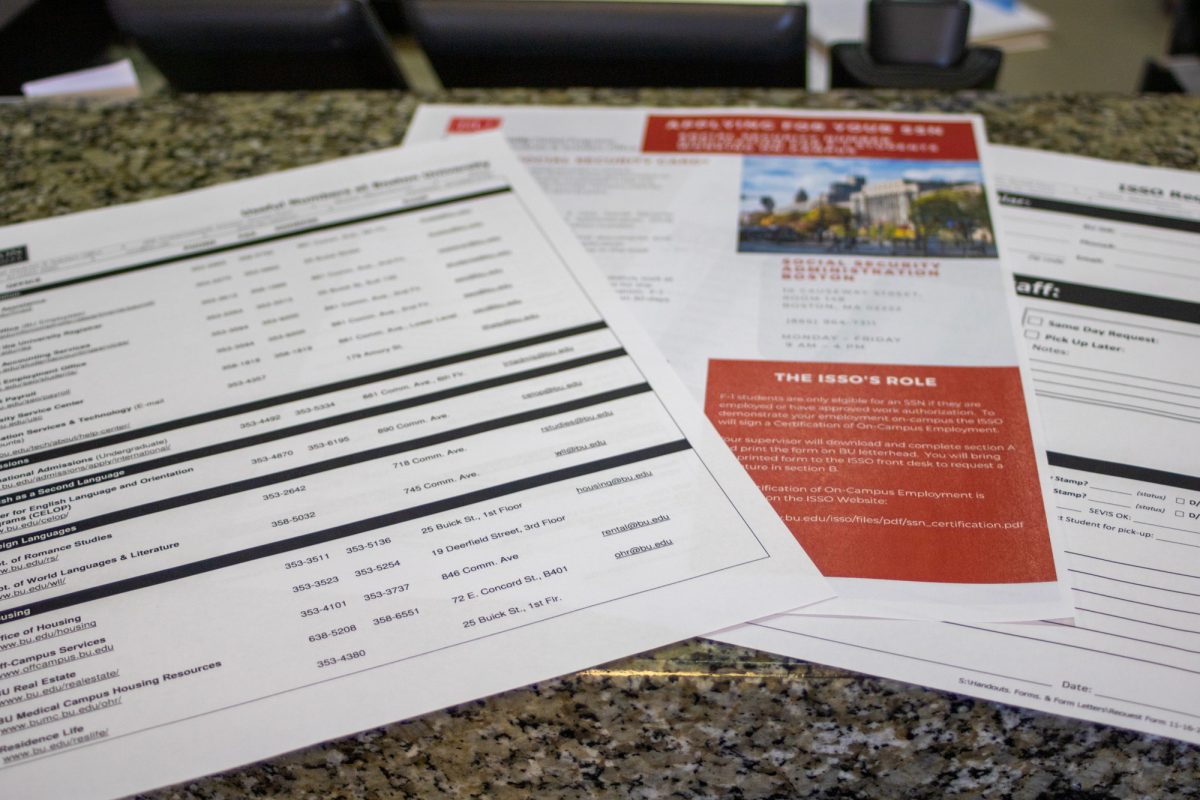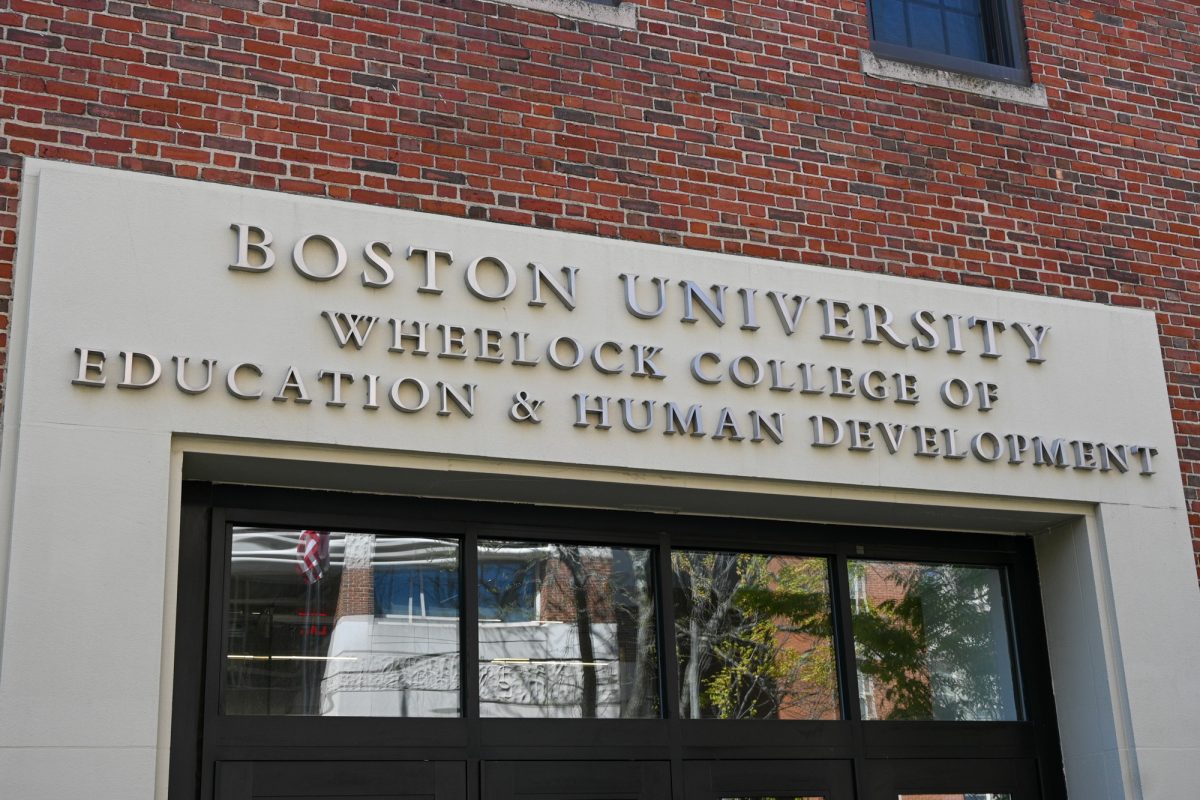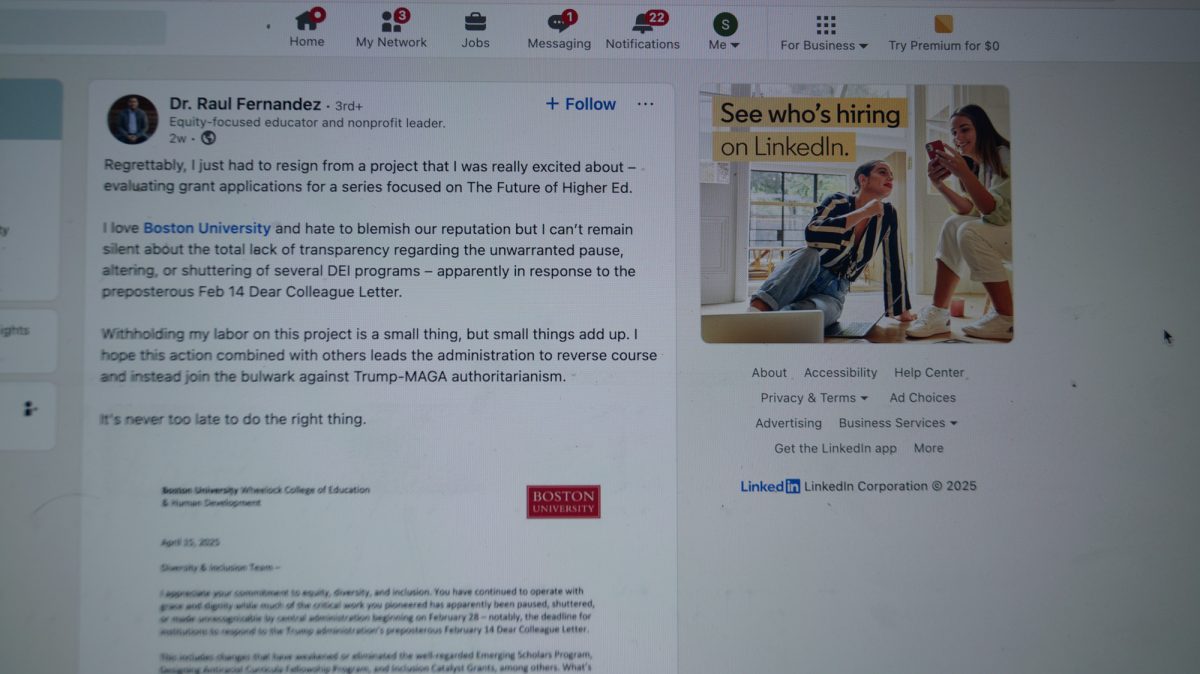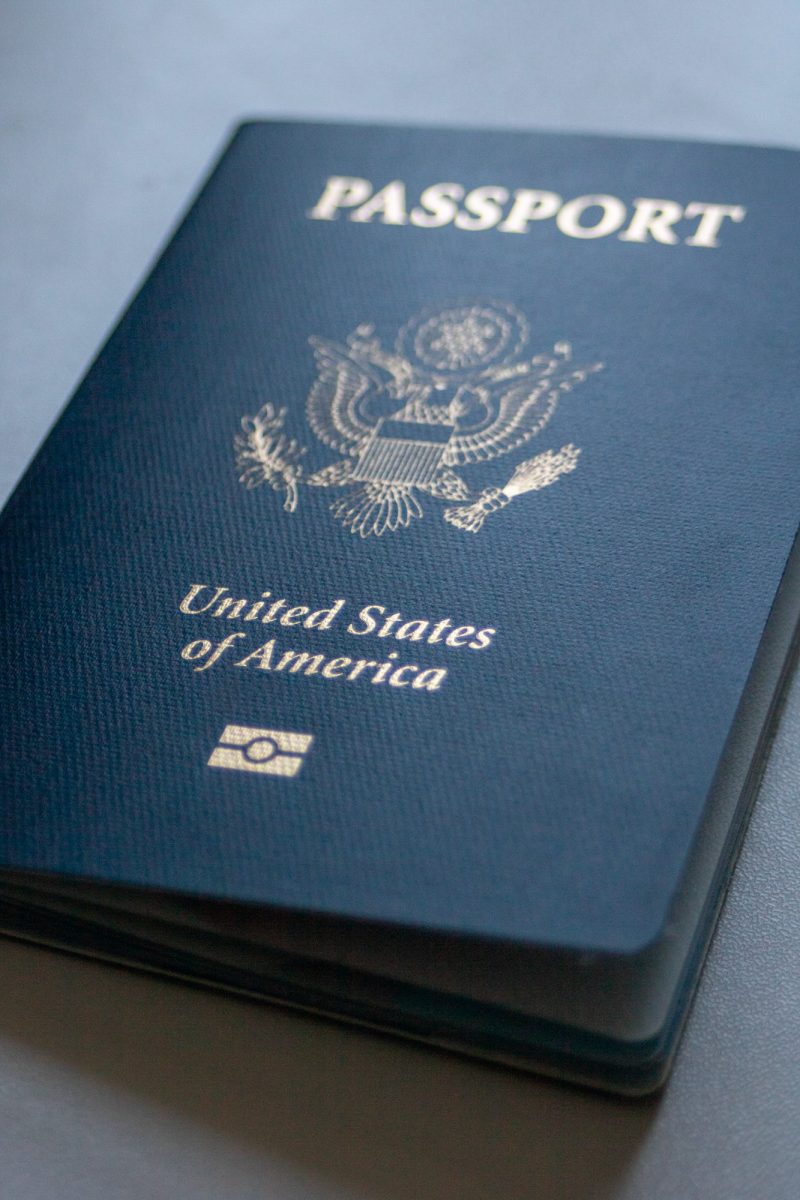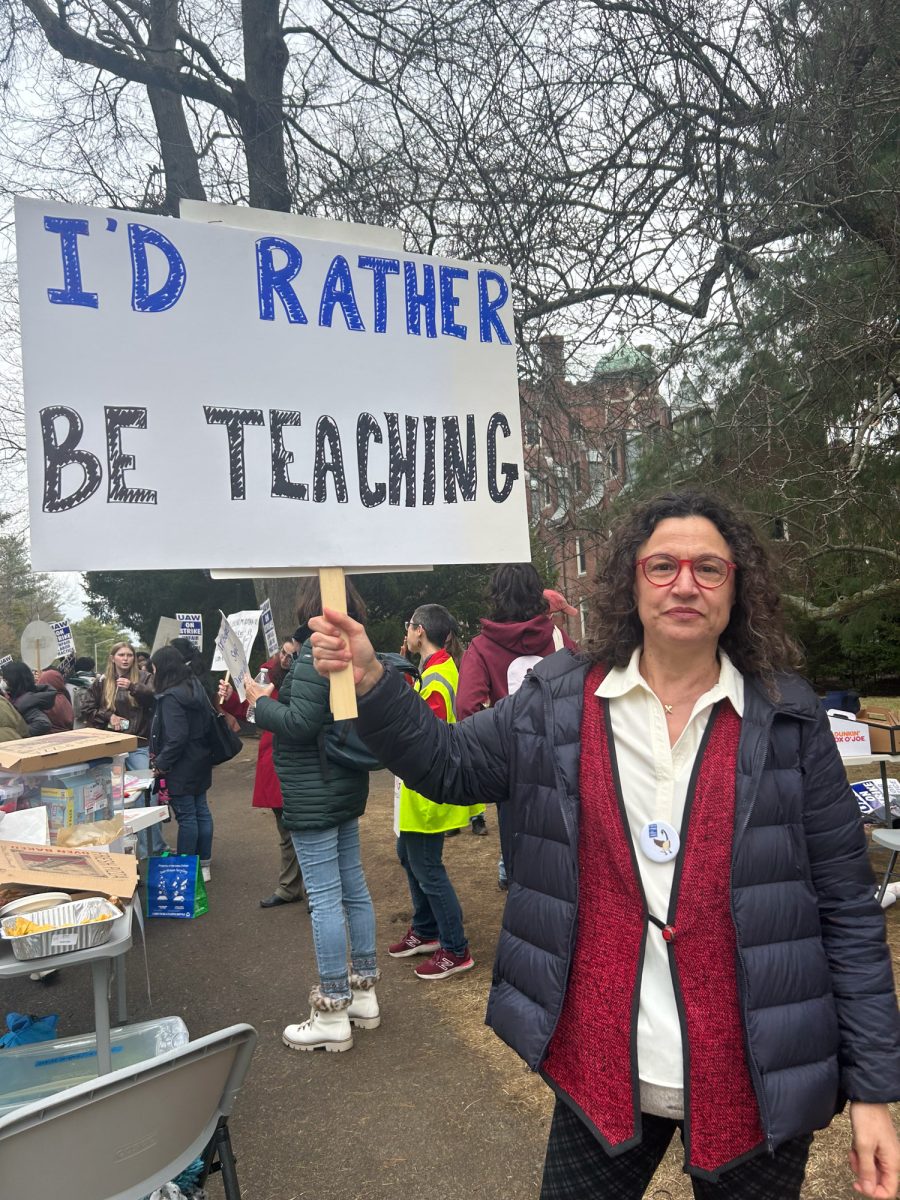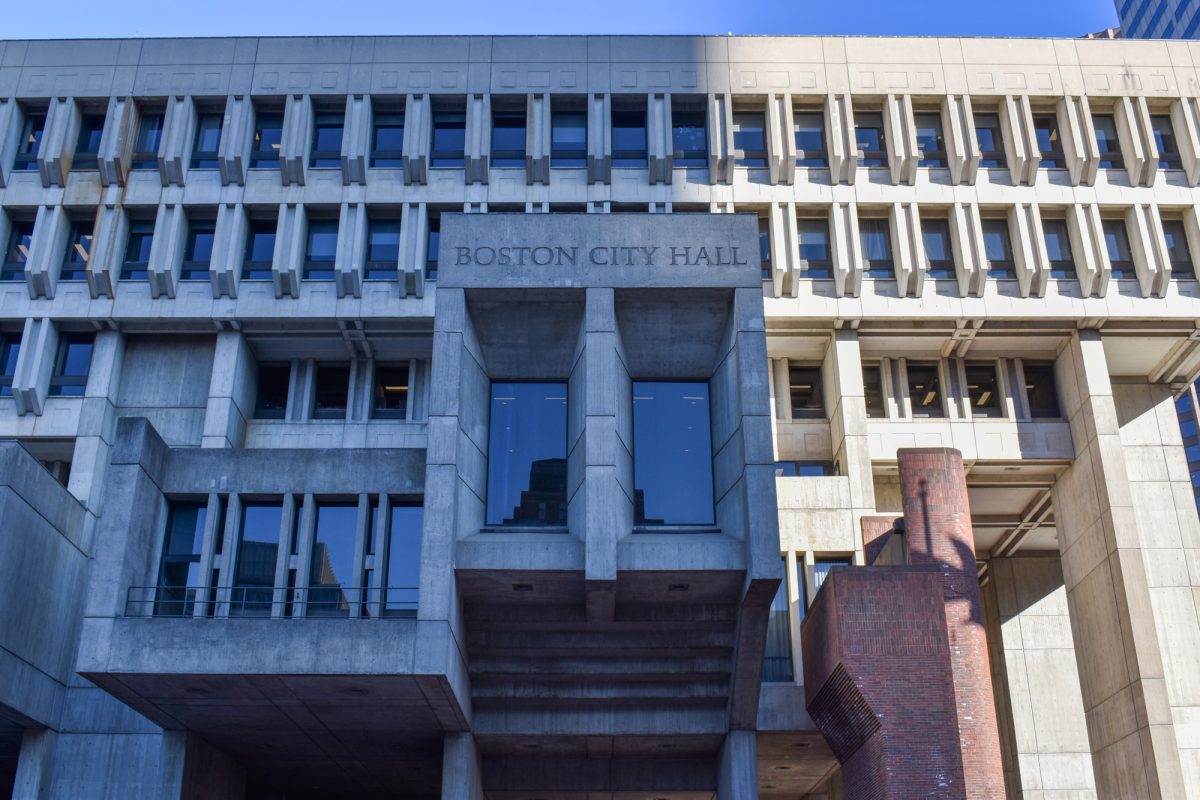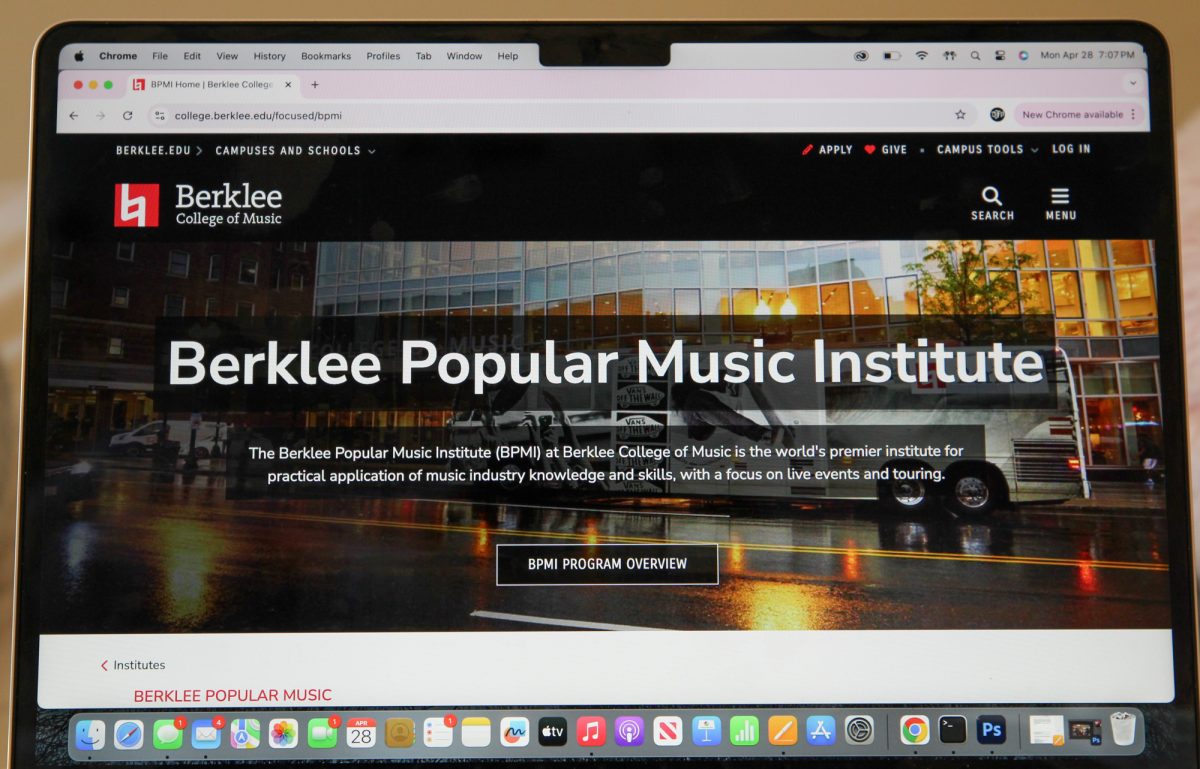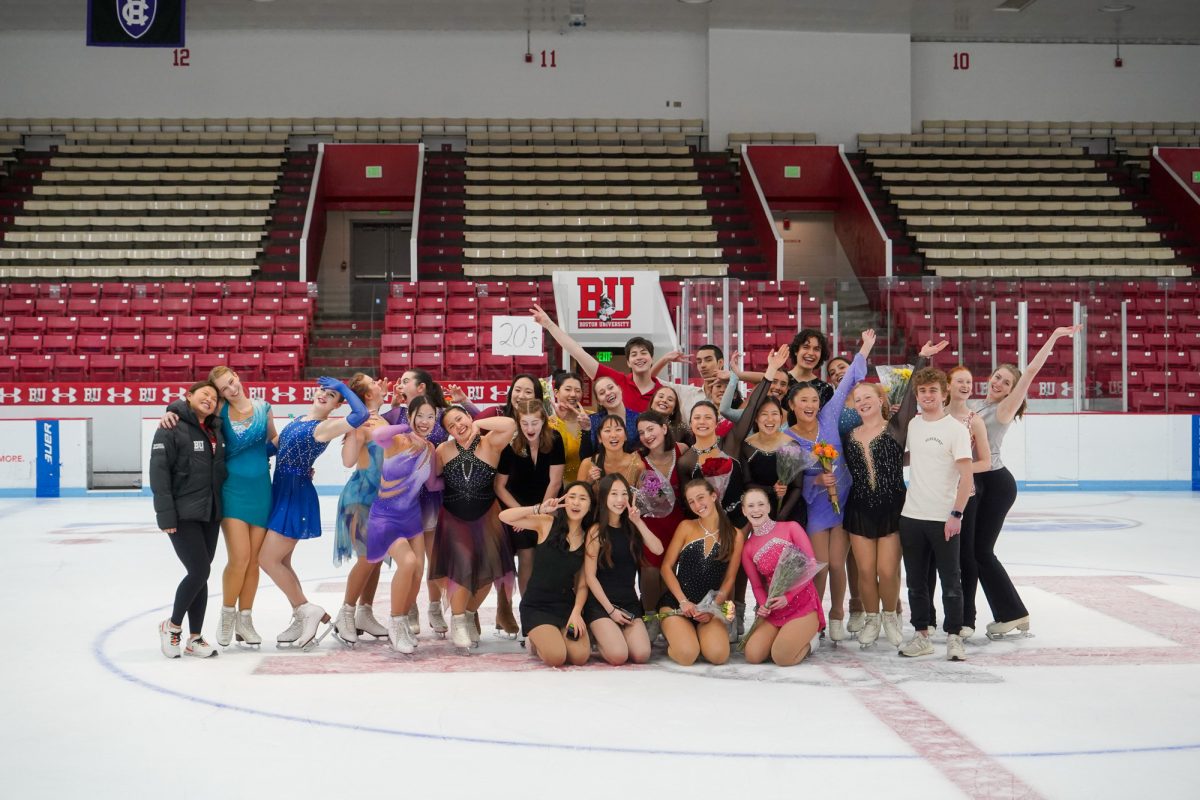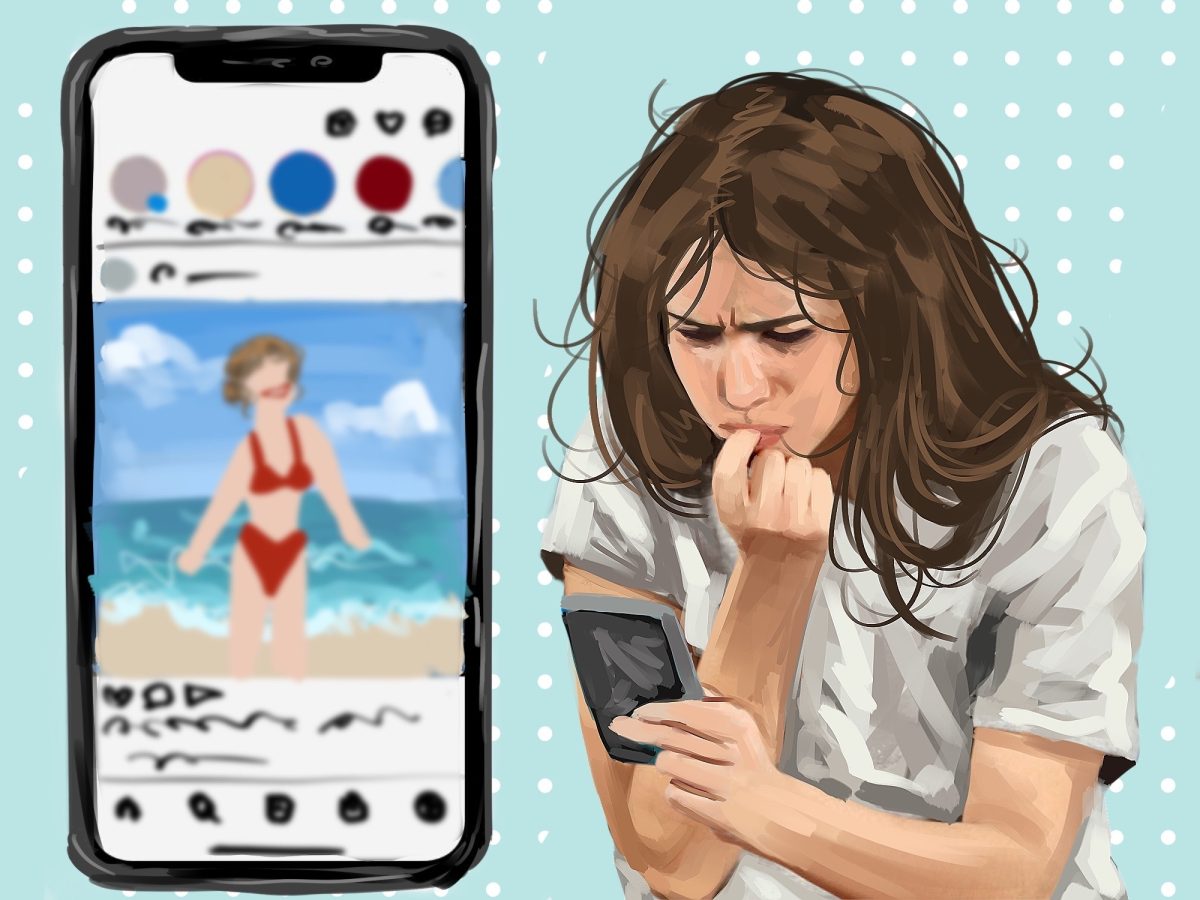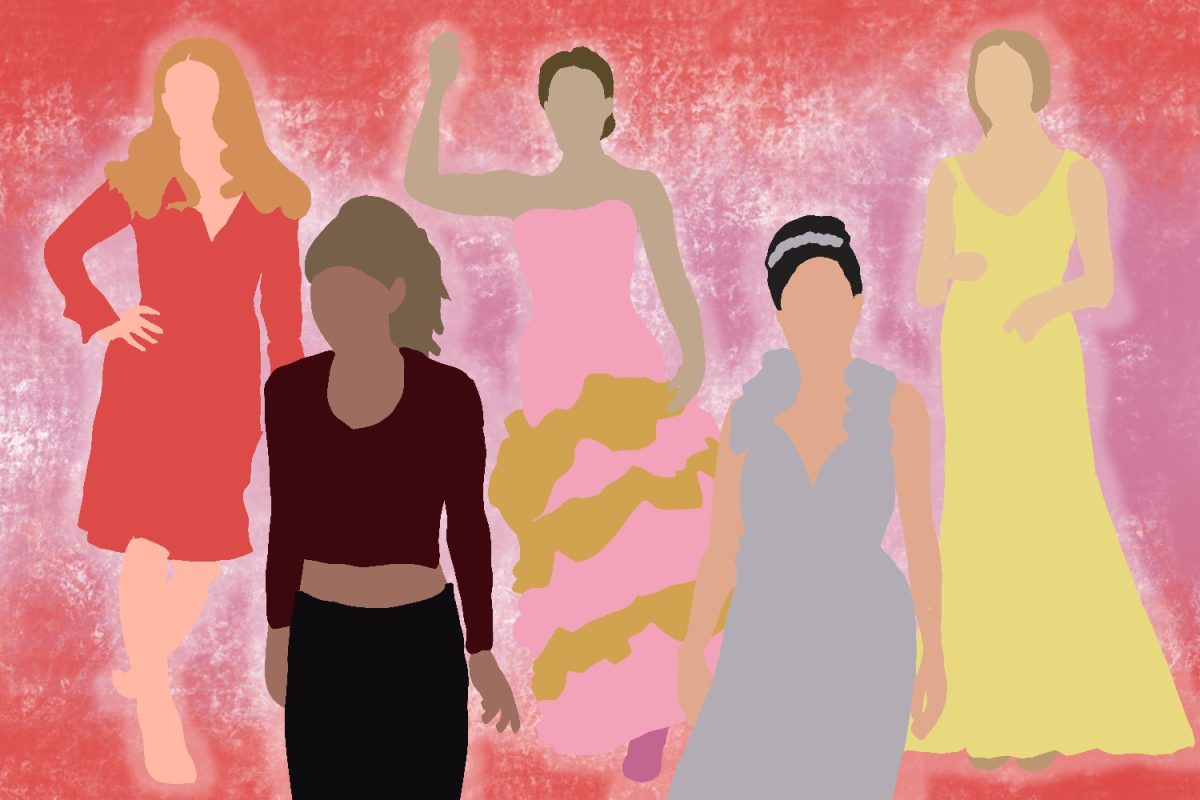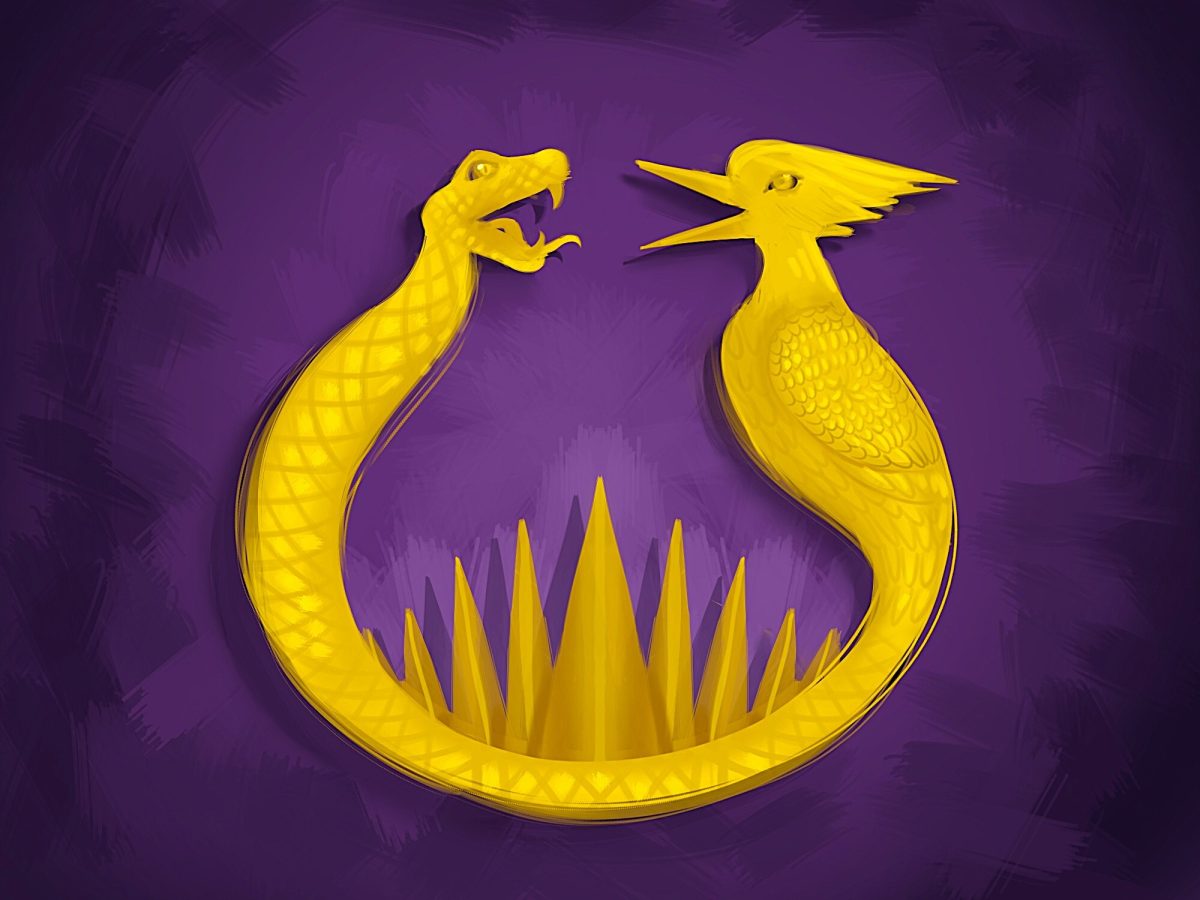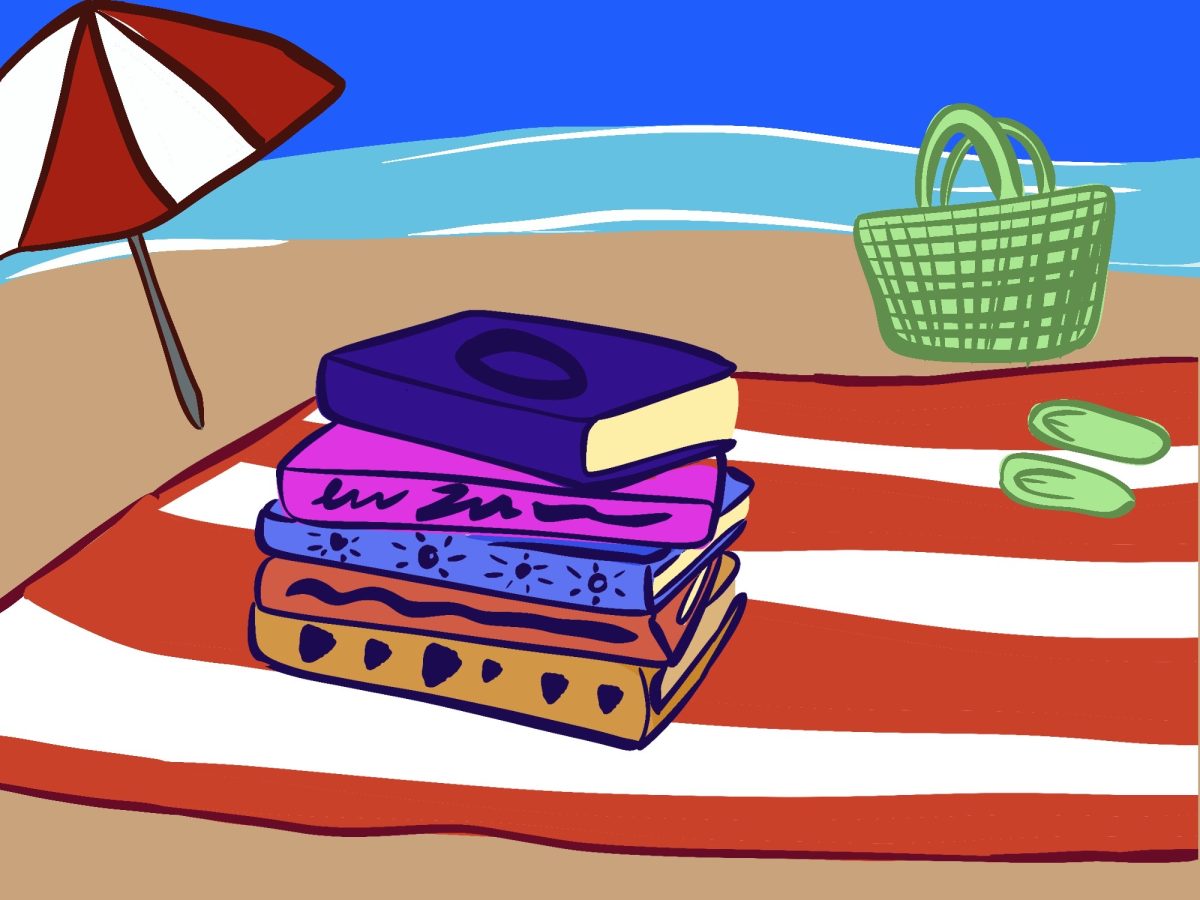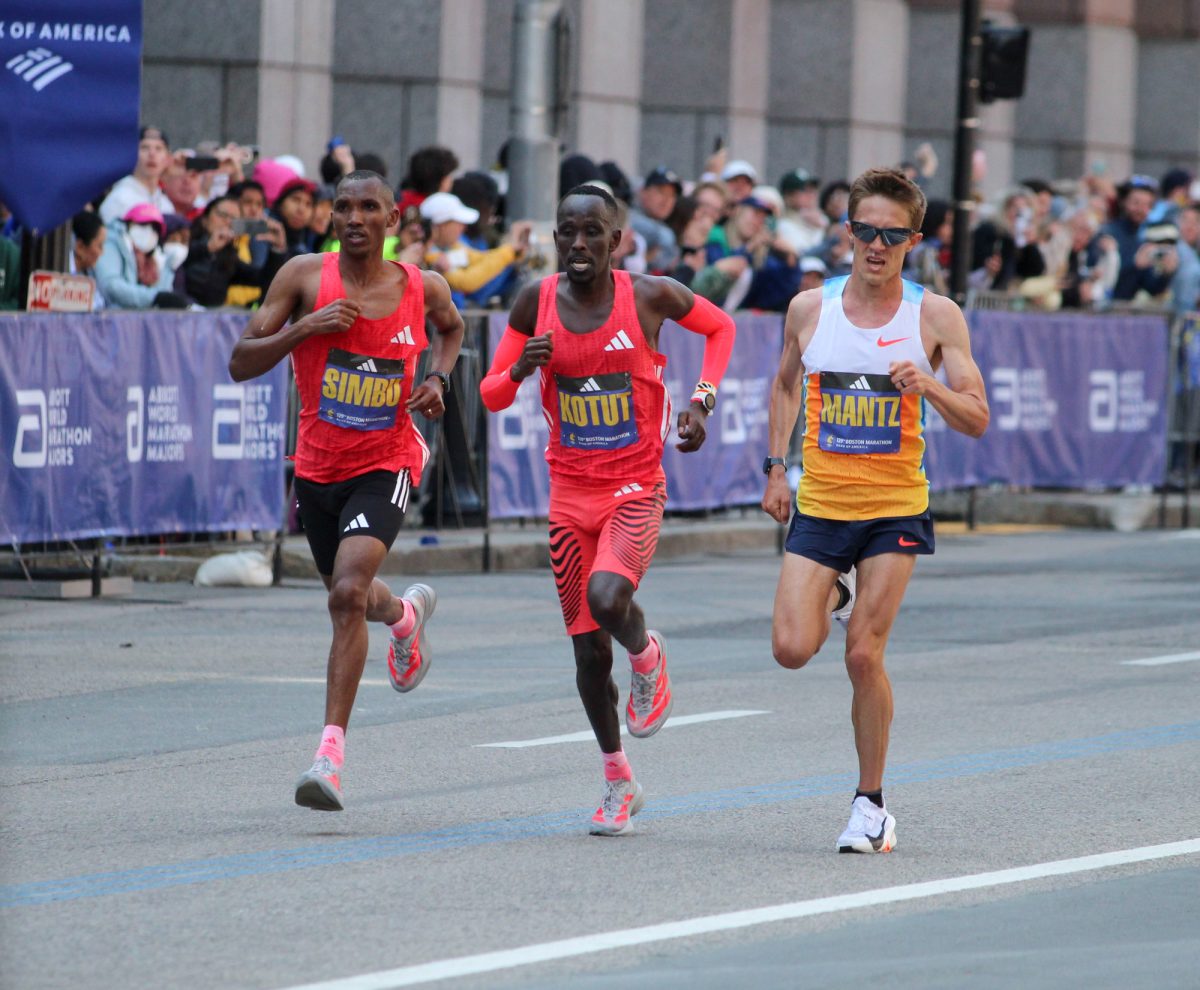Any freshwater source, no matter how contaminated, could now be easily purified using only a water bottle, according to the inventor of the world’s first ultra-filtration water bottle.
British inventor and entrepreneur Michael Pritchard spoke about his Lifesaver water-filtering bottle to about 40 attendees at the Massachusetts Institute of Technology Wednesday as part of the school’s Legatum Lecture Series, which highlights innovators and investors working in developing countries.
Pritchard said he was galvanized to create a portable and relatively inexpensive water filtration system after watching news coverage of Hurricane Katrina.
‘People were killing each other for TV sets and water,’ he said. ‘It was at that point I knew I had to do something.’
Unlike traditional filtration systems, which pass water through holes large enough to allow microscope contaminants, the Lifesaver bottle uses a membrane with holes only 15 nanometers in diameter, smaller than the microbiological particles that can contaminate water.’ To generate the force necessary to compel water through such a microscopic opening, the bottle’s user must simply pump a lever at the base two or three times.
The users can then open the nozzle and receive a stream of clear and sterilized water.
‘That is safe, sterile, crystal-clear water,’ Pritchard said after demonstrating the Lifesaver bottle with water obtained from the Charles River. ‘What’s it taste like?’ Water.’
He said his ultimate goal is to bring the Lifesaver system to use in developing countries, especially after natural disasters, and to give everyone across the globe easy access to safe water.
‘I’ve talked a lot in the past about statistics and provisions of clean water for all, but people just seemed to shut it out,’ he said. ‘The problem seemed too big to solve.’
He estimated a $20 billion investment in Lifesaver bottles and the newly released jerrycans, which can process up to 20,000 liters of water, could provide water to the 1.1 billion people worldwide who are currently without sufficient access.
Lifesaver Systems is currently at work in the Philippines, where many provinces are still flooded following recent typhoons. Pritchard said he hopes to be able to bring the new jerrycans to the Philippines soon to help the international aid effort.
‘People can get on with rebuilding their lives because they can provide safe water for themselves and their families,’ he said.
The Lifesaver bottles will cost around $99 in Filipino stores, although Pritchard said he eventually plans to sell the bottles for $20 and the jerrycans for $40. Lifesaver bottles are available online at www.lifesaversystems.com for around $150, with the new jerrycans costing around $400.
Some MIT students in the audience said they wondered whether the present costs of the bottles and jerrycans made Pritchard’s goals implausible.
MIT graduate student Caroline Brun said she believed the cost could be restrictive in developing countries. But said there are other potential applications for the Lifesaver bottle.
‘What is interesting is that this could also create a market in developing and developed countries for trekking,’ she said.’ ‘[Hikers] pay a lot of money for this kind of equipment.’
Jean Nshimyimana, also a graduate student, said he owns a Lifesaver bottle but sees the device as more within the reach of the middle class than the impoverished, like many in his home country of Rwanda.
‘It’s still a challenging issue for poor people to access water using these technologies,’ he said.’

